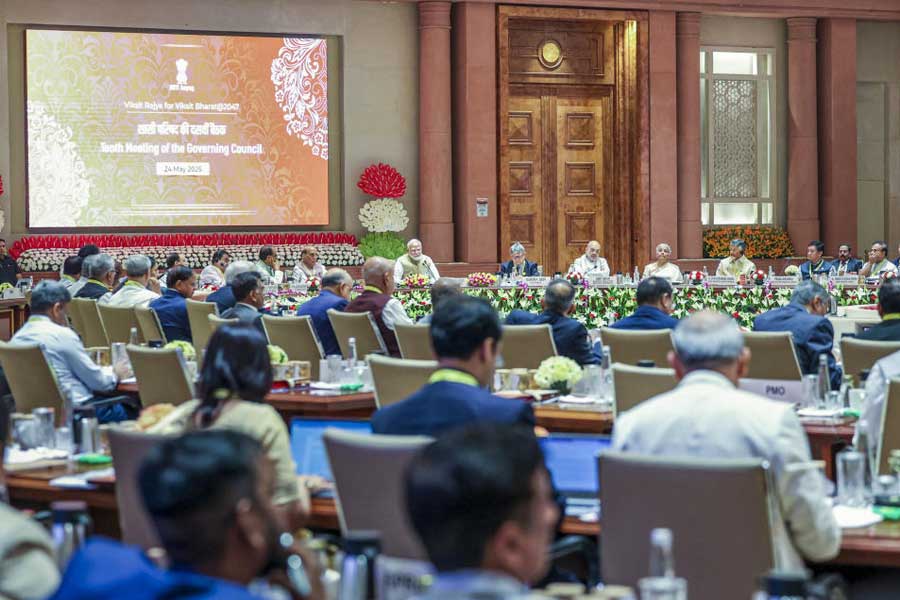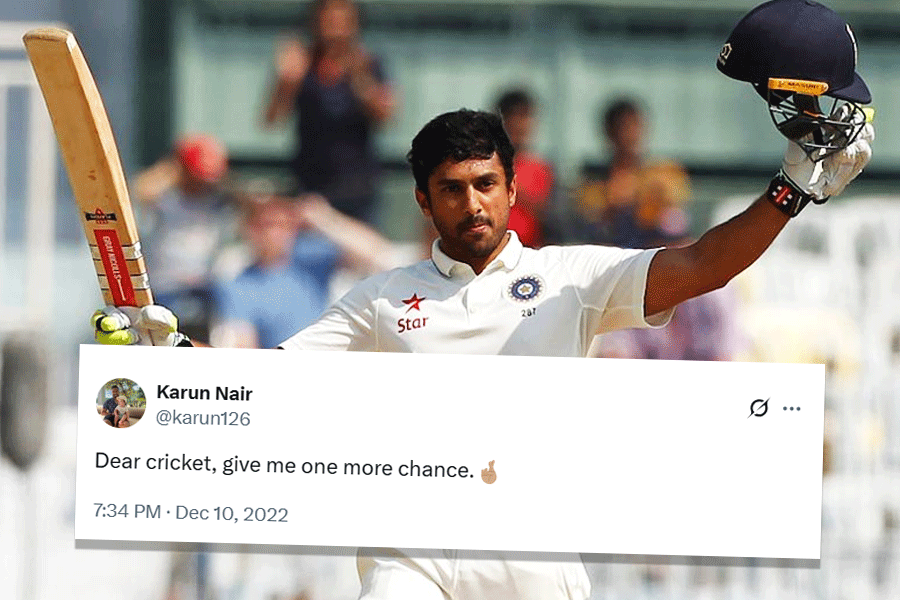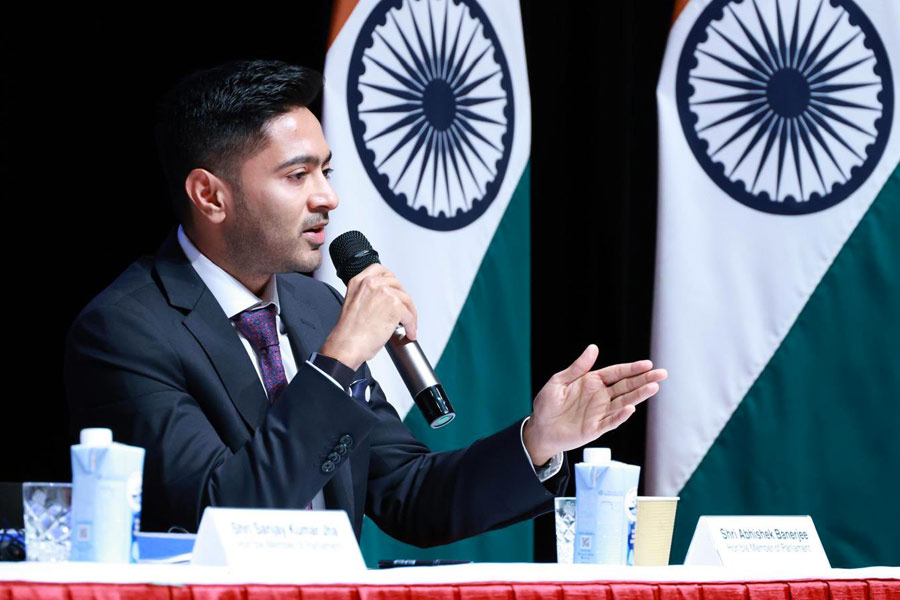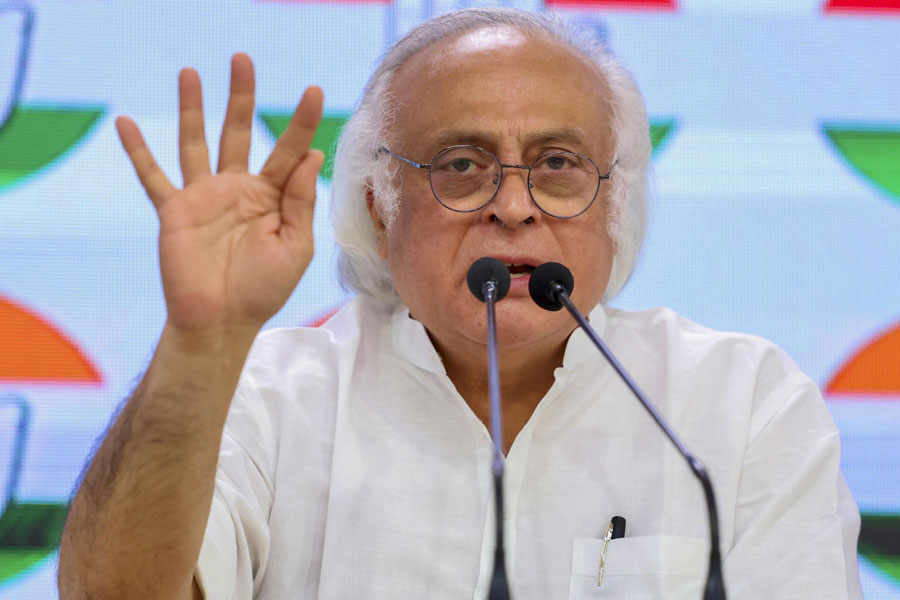
It all began with the Peenya metro station two years ago. The station walls, outer and inner, suddenly blossomed into expression. Murals, totems, illustrations...If you happen to be in Bangalore now, you will see visual narratives assuming shape on the walls of the Namma Metro (Kannada for "our metro"); the sixth to undergo such a transformation.
The initiative, titled Art In Transit, was floated by the Srishti Institute of Art and the Bangalore Metro Rail Corporation (BMRC). "We didn't want to use the vacant spaces for commercial activities. We wanted to dedicate them to public art. Create an artistic connect. Evoke nostalgia," says BMRC spokesperson Vasanth Rao.
"Connect" is really the operative word.
This effort is not the same as putting up murals of the Mahatma at Calcutta's M.G. Road station or having Italian artist Agostino Lacurci decorate the walls of Delhi's Govindpuri metro station. This is not beautification. Period.

If anything, it is an outpouring of a range of sentiments connected with the way the city was, is, and will be. "It allows artists, designers and students to engage with the idea of transit in a city, as well as of a city in transition," says Amitabh Kumar, faculty member at Srishti.
For instance, a popular lament of native Bangaloreans is: what happened to the lakes and green cover? In response, you have George Mathen's Legends of the Lake drawings on the walls of the Majestic metro station. Not the real thing, but at least there's a representation for Bangaloreans to see.

“I painted Kempegowda looking up proudly skywards in a way befitting a man who architected a large portion of this city,” says Hydoor.
Then again, a study by the Centre for Ecological Sciences, Indian Institute of Science, predicts Bangalore will become a dead city in five years, thanks to unplanned and unrestrained growth. In response, you have fourth-year student Madhav Nair's mural depicting Airavat, the mythical white elephant on its deathbed. This too is on the walls of Majestic. Artworks outside Peenya station - twisted barricades hanging from steel wires - are suggestive of the conflict between locals and industry.
While Mathen chose the past and Nair the grim future, Sameer Kulavoor focussed on the present.
To pick a theme for his painting, Kulavoor, who is from Mumbai, familiarised himself with the immediate surroundings of the Majestic metro station, which in this case was the congested market area. "It sells all sorts of unconnected things, from silk saris to stationery, hardware to lighting. It attracts all kinds of people." End result: a mural of two giant magnets seen pulling a medley of things.

After making India's first "public art district" in Lodhi Colony in Delhi, the St+Art Festival debuted in Bangalore last October. Majestic, along with the M.G. Road and Cubbon Park stations, is part of the St+Art BLR street art festival launched by the NGO St+Art India Foundation.
St+Artists from different parts of the country, and the globe, didn't just get inspired and fill up the walls. There were conversations with commuters and locals. There was copious research about the city and the localities where the stations stood. Informal weekend gatherings were organised to unify voices of amateurs and professionals alike. And from a union of sensibilities and sensitivities the art was born.
Kulavoor's style is direct and not too serious. He says, "I tried to keep the local flavour intact. I didn't make the paintings too layered or complex so everyone could enjoy it."
Mathen, however, believes street art in India is not such a great idea. "Those who can afford the paint cans don't have the angst that needs walls for expression," he says. But that's another debate.
For now, we know that the art narratives on the metro walls are making Bangaloreans stop and think about their city. Here's hoping the re-think will follow.
Inputs by Varuna Verma











